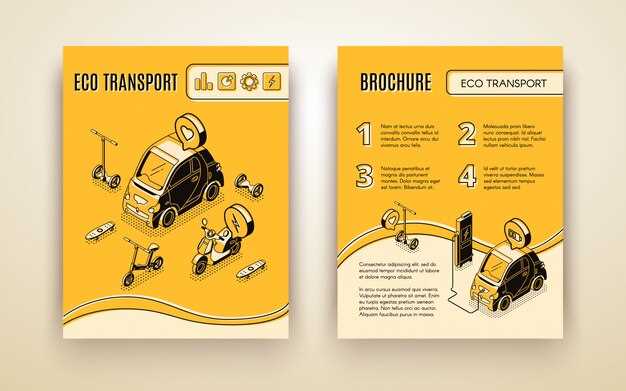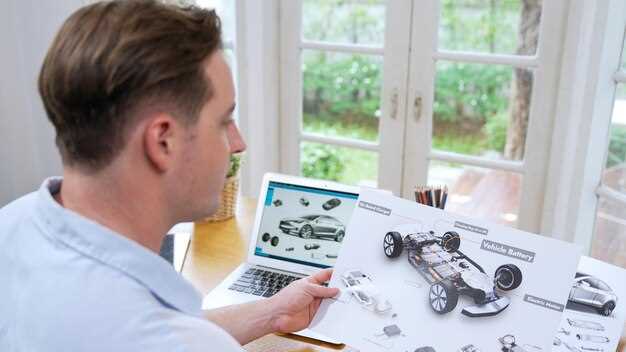
The automotive industry is constantly evolving, with an increasing focus on safety and design innovations that protect passengers during a crash. Toyota has been at the forefront of these advancements, implementing cutting-edge technologies in the construction of vehicle frames and bodies. By prioritizing safety in their engineering processes, Toyota is redefining what it means to drive securely.
At the heart of Toyota’s commitment to vehicle safety is the meticulous design of the body structure. This structure is engineered to absorb and dissipate energy effectively during a collision, minimizing the impact on occupants. The use of high-tensile strength materials not only enhances durability but also contributes to a lightweight frame, improving overall vehicle performance without compromising safety.
In addition to material advancements, Toyota integrates innovative features into their vehicle designs that promote safety. Advanced driver-assistance systems and collision-avoidance technologies work in tandem with the robust frame to provide a comprehensive safety net. Through continuous research and development, Toyota is dedicated to ensuring that their vehicles not only meet but exceed safety standards, ultimately saving lives on the road.
Understanding Toyota’s Approach to Impact-Resistant Structures
Toyota’s commitment to safety is reflected in its innovative designs for impact-resistant vehicle frames and bodies. The company leverages advanced engineering techniques to enhance the crash performance of its vehicles. By utilizing high-strength materials and strategically designed crumple zones, Toyota minimizes the forces transferred to occupants during a collision.
The design philosophy at Toyota emphasizes not only passenger safety but also the overall integrity of the vehicle’s structure. This approach involves extensive testing under various crash scenarios, ensuring that vehicles can withstand multiple types of impacts without compromising safety. The integration of lightweight materials also plays a crucial role, as it improves fuel efficiency while maintaining robust crash protection.
Furthermore, Toyota employs computer-aided design tools to simulate crashes and analyze how different frame structures respond to impact forces. This data-driven methodology enables engineers to refine vehicle designs continually, ensuring that safety enhancements are incorporated into every new model. Such innovations in body construction not only protect occupants but also contribute to the resilience of vehicles in the face of potential hazards on the road.
The culmination of these efforts is a line of vehicles that stand out for their safety ratings and reliability. Toyota’s dedication to creating impact-resistant structures not only helps protect lives but also sets a benchmark for the automotive industry regarding safety standards and vehicle design methodologies.
Evaluating the Role of Advanced Materials in Toyota’s Body Design

The body design of Toyota vehicles is a critical factor in enhancing overall safety and performance. To achieve this, Toyota employs advanced materials that significantly improve crash resistance while reducing weight. The integration of materials such as high-strength steel, aluminum, and carbon fiber composites plays a vital role in creating a robust structure that protects occupants during an accident.
High-strength steel is a key component in Toyota’s commitment to improving body safety. This material allows for thinner sections without compromising strength, which effectively enhances the vehicle’s crashworthiness. The use of advanced welding techniques ensures that these materials are securely joined, resulting in a more rigid body that can absorb impact energy efficiently.
Additionally, the application of aluminum contributes to weight reduction, thereby improving fuel efficiency without sacrificing safety. Aluminum’s natural properties enable greater flexibility in design, allowing engineers to create crumple zones that disperse crash forces away from passengers. This innovative approach is crucial for enhancing safety ratings in rigorous crash tests.
Furthermore, carbon fiber composites are being explored for their potential in vehicle body design. Although traditionally more expensive, the lightweight nature of carbon fiber can provide exceptional strength-to-weight ratios. As production techniques become more cost-effective, the incorporation of carbon fiber could lead to breakthroughs in safety and performance, especially in high-end models.
In conclusion, the strategic evaluation and application of advanced materials in Toyota’s body design are instrumental in maximizing safety and performance during crashes. By continuously innovating and integrating these materials, Toyota not only adheres to stringent safety standards but also leads the automotive industry in creating safer vehicles for consumers.
How Toyota Enhances Crash Safety through Structural Engineering

Toyota consistently prioritizes safety in its vehicle design through advanced structural engineering techniques. The company’s commitment to enhancing crash safety can be seen in various innovative practices that influence the body and frame of its vehicles.
One of the key aspects of Toyota’s approach is the use of high-strength materials. These materials not only improve the durability of the body but also are crucial in energy absorption during a collision. The strategic placement of these materials is vital for optimizing the vehicle’s structural integrity.
- Multi-Load Path Design: Toyota implements a multi-load path concept that allows crash forces to be distributed throughout the vehicle’s body. This design minimizes the impact on the occupants by directing energy away from the cabin area.
- Reinforced Structures: Areas of the body that are most susceptible to impact, such as the front and rear crumple zones, are reinforced. This not only helps in absorbing energy but also maintains cabin space integrity during a crash.
- Advanced Finite Element Analysis: Toyota utilizes advanced computational tools to simulate crash scenarios. This allows engineers to refine the design of vehicle bodies to ensure maximum protection in real-world conditions.
Additionally, Toyota’s engineering teams focus on lowering the center of gravity in vehicle design. This contributes to improved handling and stability, reducing the risks of rollover accidents. The emphasis on balance and control directly ties into overall safety measures.
- Continuous Testing: Comprehensive crash tests are conducted routinely. These tests provide critical data that informs ongoing design improvements.
- Incorporation of Safety Technologies: Systems such as airbags and collision avoidance technology are integrated into the vehicle design, further enhancing overall safety.
Through these strategic initiatives in structural engineering, Toyota is not only enhancing crash safety but also reinforcing its reputation as a leader in automotive safety innovation.
